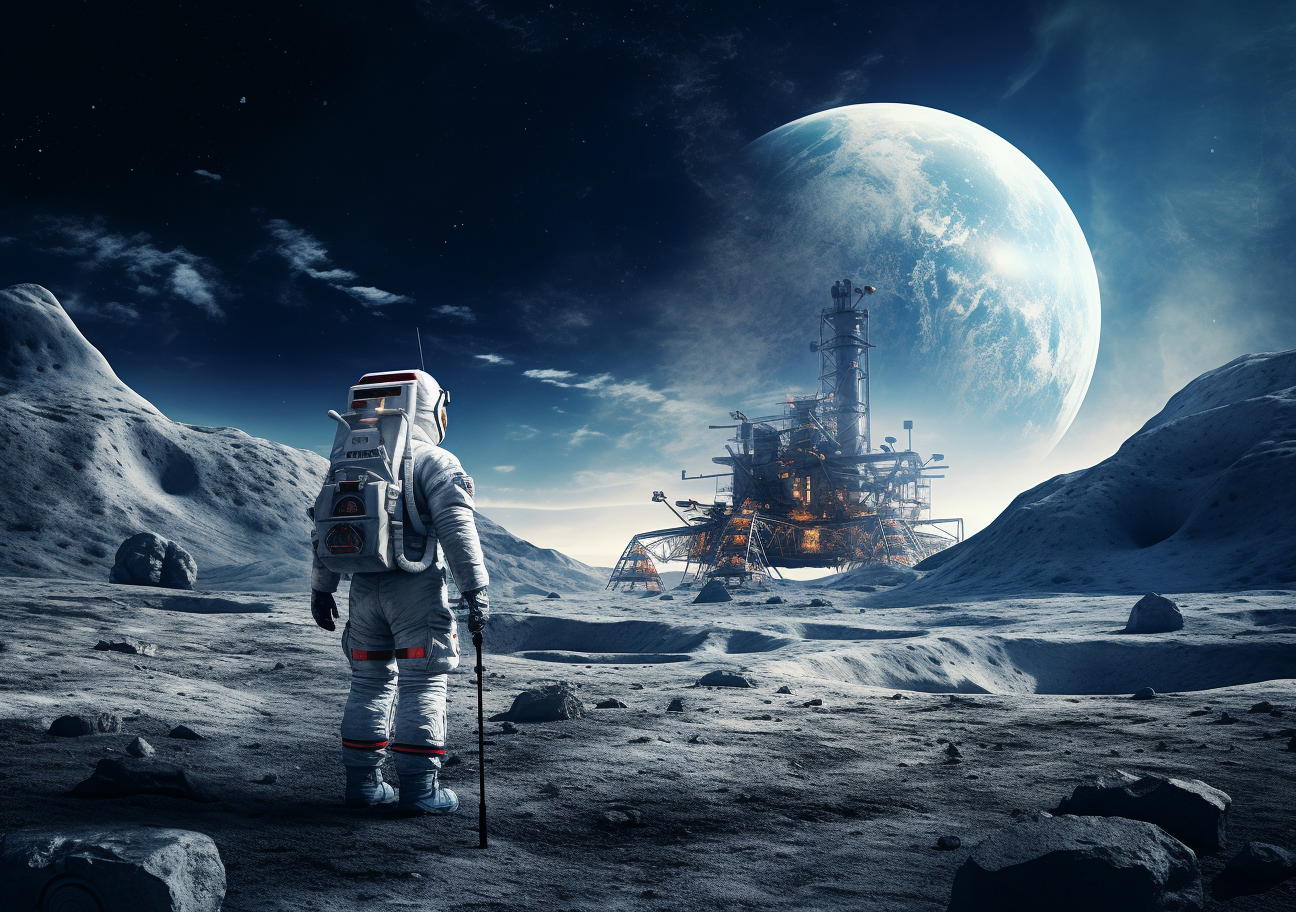India’s space aspirations have reached new heights with the successful deployment of Chandrayaan-3, the nation’s third lunar mission. Conceived and implemented by the Indian Space Research Organisation (ISRO), Chandrayaan-3 builds on the successes and lessons of its predecessors to offer a more ambitious exploration of the Moon.
Launch and Landing: A Momentous Journey
Launched on July 14, 2023, from the Satish Dhawan Space Centre, the mission smoothly entered lunar orbit on August 2, 2023. A major milestone was achieved when the Vikram lander successfully touched down on the lunar south pole on August 23, making India only the fourth nation to accomplish this feat.
Mission Objectives: More Than Just Landing
- Soft-landing Vikram on the lunar south pole
- Deploying the Pragyan rover to explore the Moon
- Geological and mineralogical surveys
- Searching for water ice
- Conducting atmospheric experiments
Key Achievements: Successes and Insights
- Soft Landing: The Vikram lander’s soft landing was a critical achievement, showcasing India’s growing prowess in space technology.
- Rover Exploration: The Pragyan rover has begun its investigative journey, offering unprecedented data and images of the lunar surface.
- Water Ice Discovery: One of the mission’s groundbreaking discoveries is the presence of water ice in the lunar polar regions, which could have implications for future space missions and our understanding of the Moon’s history.
- Lunar Environment: Chandrayaan-3’s experiments are already providing valuable data on the Moon’s atmosphere, mineralogy, and geology.
The Long Road Ahead
While Chandrayaan-3 has already achieved a lot, its mission is far from over. It’s expected to continue sending back valuable data for years, contributing to global understanding of the Moon and beyond.

